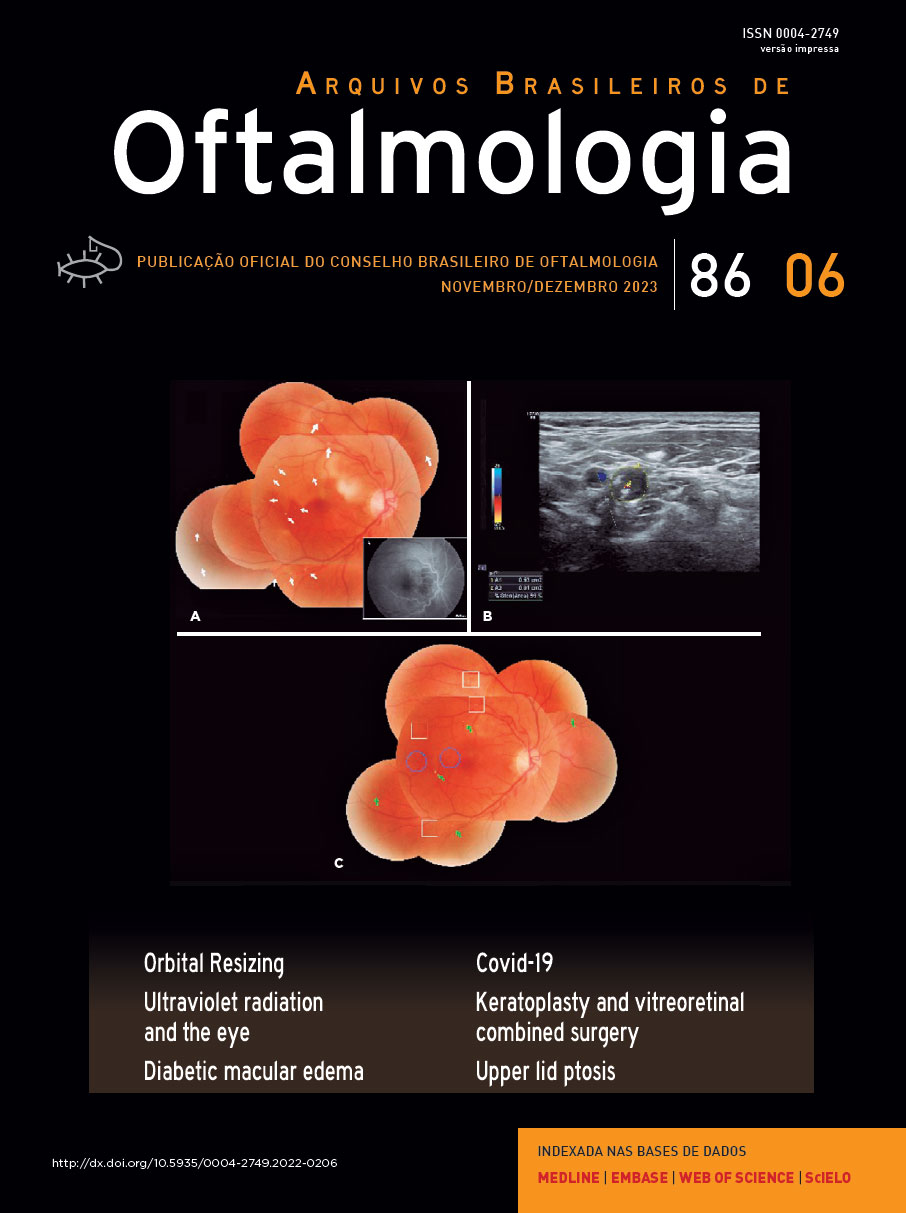Purpose: Since particles are released in syringes during intravitreal injections, we assessed them quantitatively after agitating syringes commonly used for intravitreal injections.
Methods: With and without agitation, the SR 1-ml insulin, Becton-Dickinson Ultra-Fine 0.3-ml Short Needle with a half-unit scale, HSW Norm-Ject Tuberculin, and Becton-Dickinson 1-ml Luer Lok Tip were examined with buffer and bevacizumab, aflibercept, and ziv-aflibercept. Flow imaging microscopy was performed to assess the particle numbers, concentrations, morphology, and size distribution.
Results: Using the Becton-Dickinson Ultra-Fine syringe, the average particle count after agitation was higher than in the no-agitation group. For particles greater than 10 and 25 µm, differences were observed using the SR syringe between the two studied conditions. There were no significant differences in the means for the other syringes. Without agitation, the SR syringe had the highest number of particles (2,417,361.7 ± 3,421,575.5) followed by the Becton-Dickinson Ultra-Fine with 812.530,9 ± 996.187,2. The Becton-Dickinson Luer Lok Tip and HSW Norm-Ject performed equally with 398,396.8 ± 484,239.2 and 416,016.4 ± 242,650.1 particles, respectively.
Conclusions: Flicking syringes to eliminate air bubbles results in increased numbers of particles released during intravitreal injections into the human vitreous.
Keywords: Syringes; Intravitreal injection; Bevacizumab; Silicone oil.
